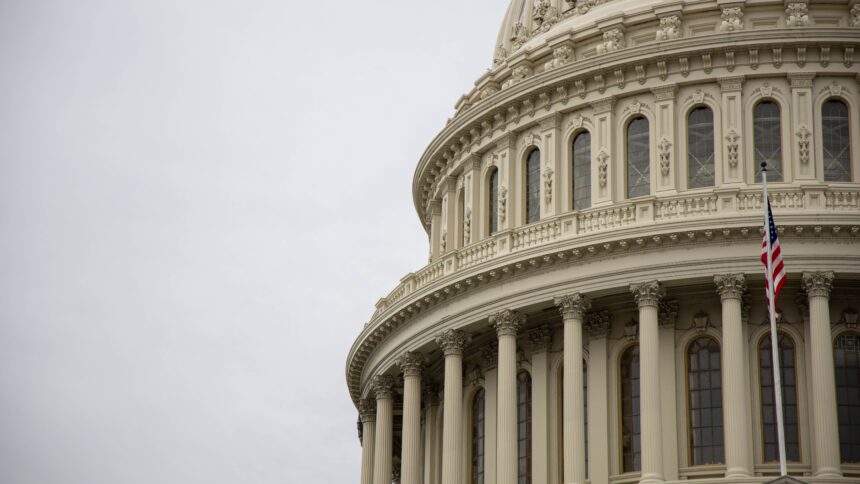A post by Emily Wimberger (Rhodium Group), external collaborator of the project LIFE DICET
Last month, British-American comedian John Oliver took aim at carbon offsets on his HBO show, Last Week Tonight. The segment was motivated by commitments of regions, countries, and corporations that have adopted net-zero or zero emission targets based in part on a reliance on carbon offsets. While John Oliver raises some legitimate concerns regarding additionality of claimed offsets and corporate transparency, he also conflates two very distinct subjects – compliance offsets and voluntary offsets. Compliance offsets, are cost containment mechanisms within regulated Emissions Trading Systems – for instance in the California-Québec Cap and Trade Program (as John Oliver mentions at 6:10 of his segment) – while voluntary offsets allow corporations, governments, and individuals to offset their carbon emissions outside a regulatory framework. While there is a large portfolio of companies and offset verifiers in the voluntary space, compliance offsets are a critical and fundamentally different element in reducing carbon emissions.
The California-Québec Cap and Trade Program only accept compliance offsets for a limited portion of a regulated parties’ greenhouse gas (GHG) emission compliance obligation that reduce or sequester GHG emissions under Compliance Offset Protocols approved by the jurisdiction of California or Québec. There are currently 5 Compliance Offset Protocols approved by Québec and 6 approved by California that are fully fungible across jurisdictions. The Protocols adhere to strict guidelines developed under the Western Climate Initiative (WCI) and are required to be real, permanent, quantifiable, verifiable, enforceable, and additional to any GHG reduction that would otherwise occur. Compliance offsets in California and Québec must also be verified by a third party to ensure environmental integrity. Offsets that do not adhere to the stringent requirements of California and Québec are not accepted as compliance tools for GHG emissions in the Cap-and-Trade Program.
Voluntary offsets are not held to the same standards as compliance offsets. There are numerous verifying bodies that certify voluntary offsets but there are no uniform requirements for additionality or enforceability. This means that projects with questionable GHG reductions can tank the reputation of the voluntary offset market and change public perception on the reliability and accuracy of offsets generally. There is a role and a need for voluntary offsets. They play a critical role in mobilizing private capital to mitigate GHG emissions across sectors around the world. It is a global consensus that swift and aggressive action is required to meet mid-century targets and stave off the worst impact of climate change – and every GHG emission reduction matters.
Voluntary offsets will play an important role in global decarbonization, but cannot and should not be confused with compliance offsets within an Emissions Trading System. There are ongoing discussions about standards in the voluntary offset market with groups like the United Nations Net-Zero Coalition and the Integrity Council for the Voluntary Carbon Market working to establish global guidelines for voluntary offsets. Jurisdictions, like California, are also considering the potential role for environmental regulators in establishing standards and reporting requirements for voluntary offsets.
The world is not currently on track to achieve net-zero GHG emissions by 2050 and voluntary offsets will play an increasing role as corporations, countries, and individuals look for ways to reduce GHG emissions. Global standards for offset verification, reporting, and enforcement will be critical to ensure that voluntary offsets operate on a level playing field and provide the GHG reductions they claim. John Oliver got a few things right about carbon offsets – they are critical to our fight against climate change and we need greater transparency and accountability in the voluntary offset market. But he missed the mark in conflating voluntary offsets with compliance offsets instead of highlighting the lessons the voluntary market could learn from the highly regulated compliance offset market. Hopefully, with established voluntary offset guidelines, someday soon everyone will be able to eat carbon neutral candy and wear carbon neutral shoes with confidence and John Oliver can move on to more pressing topics.
The views and opinions expressed in this post are solely those of the author(s) and do not reflect those of the editors of the blog of the project LIFE DICET.

